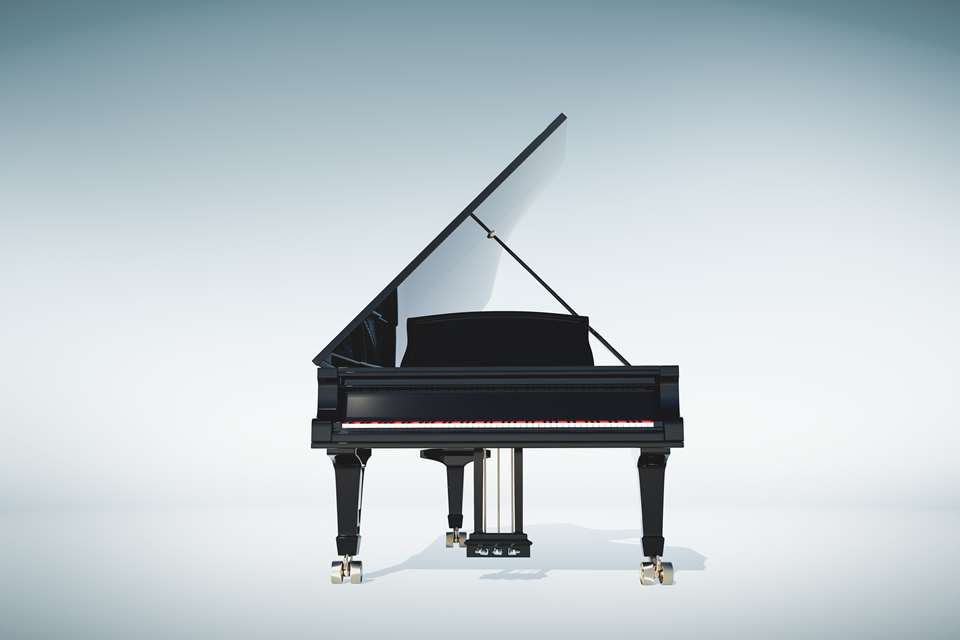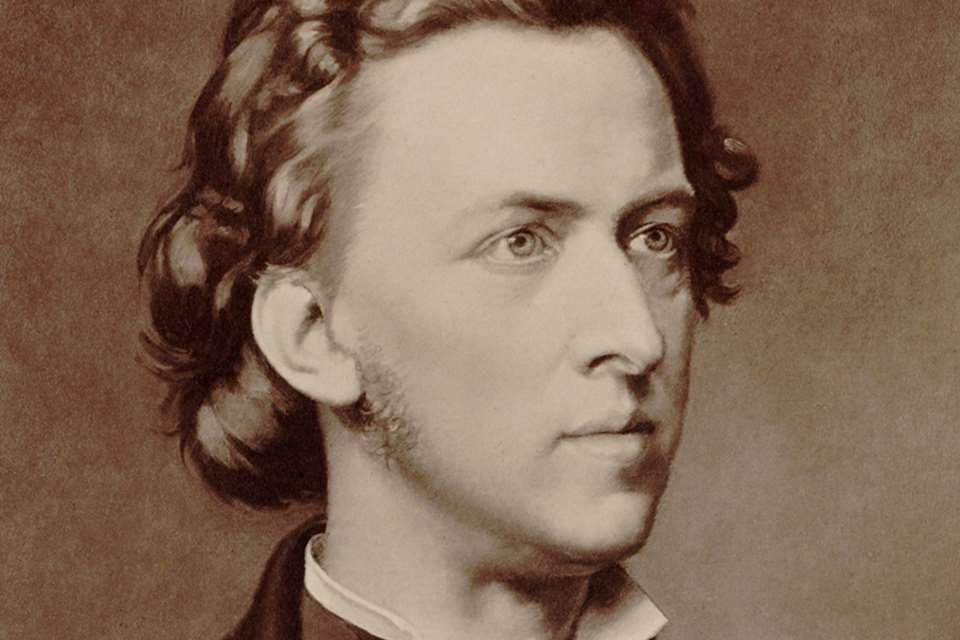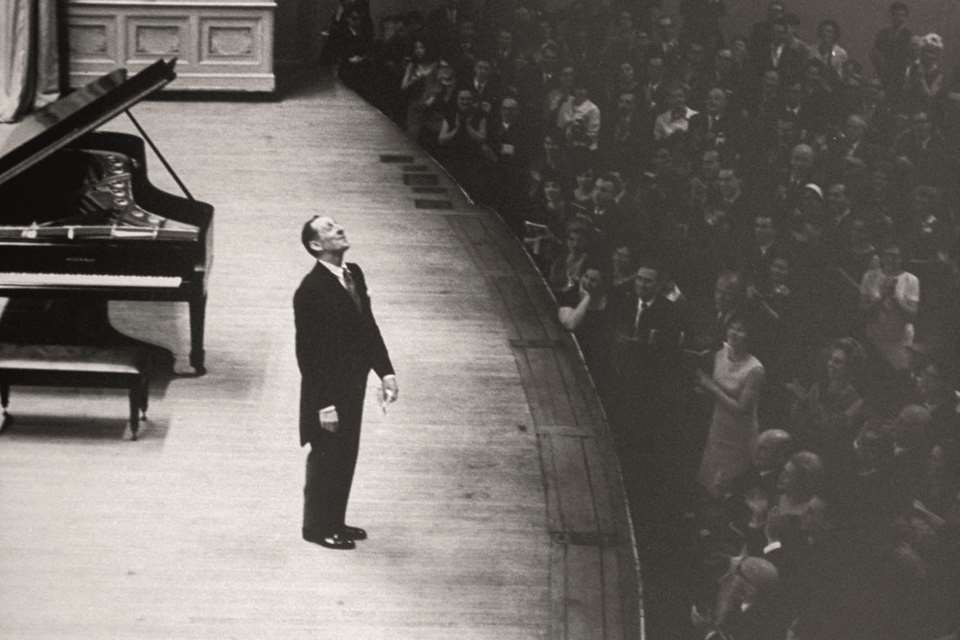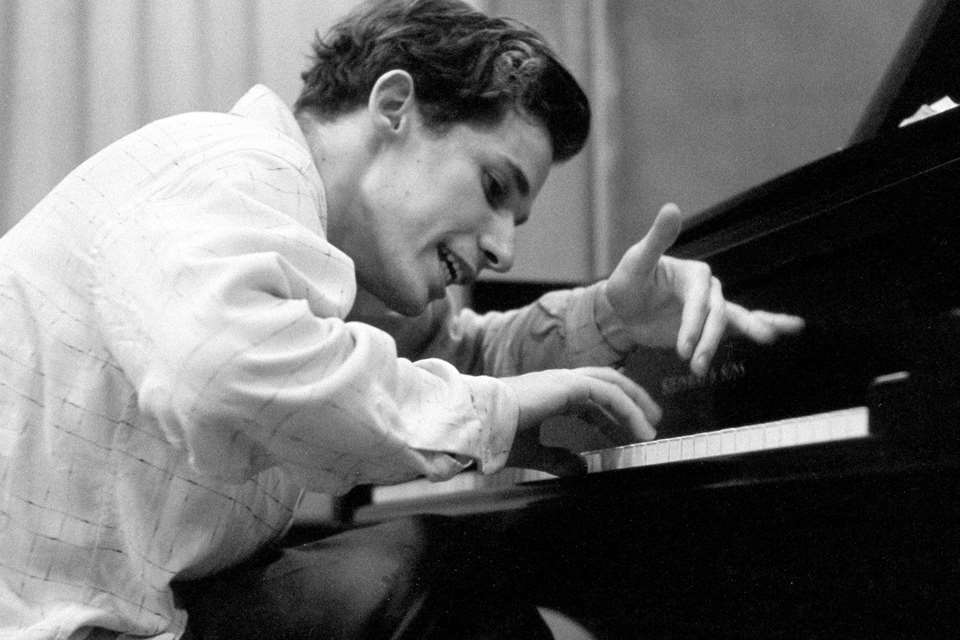Ignaz Friedman: introduction to an icon of the piano
Jeremy Nicholas
Friday, June 24, 2022
Today’s pianists could learn much from the unconventional interpretations of Ignaz Friedman, who tended to put himself before the composer
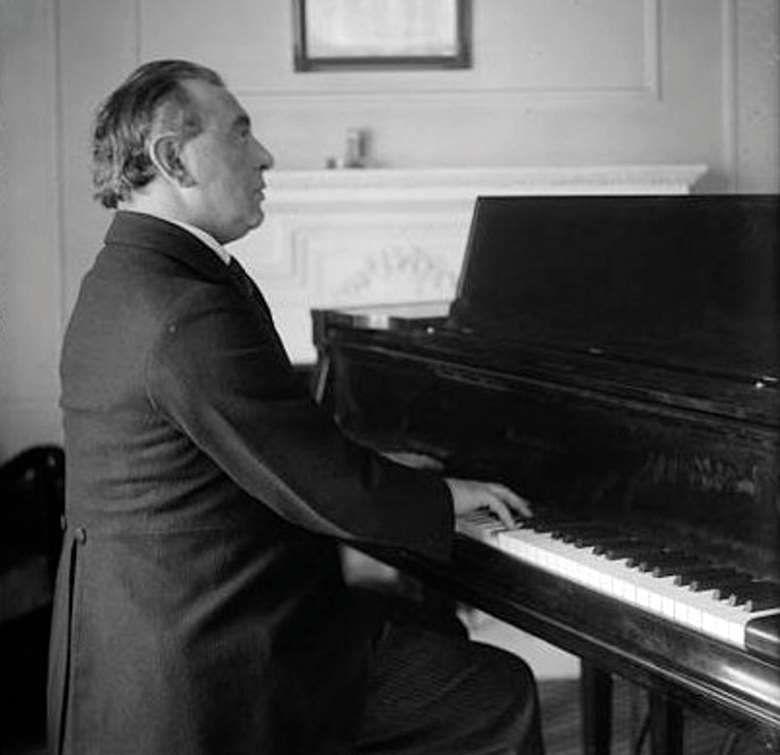
Ignaz Friedman (Alamy)
Register now to continue reading
Thanks for exploring the Gramophone website. Sign up for a free account today to enjoy the following benefits:
- Free access to 3 subscriber-only articles per month
- Unlimited access to our news, podcasts and awards pages
- Free weekly email newsletter




